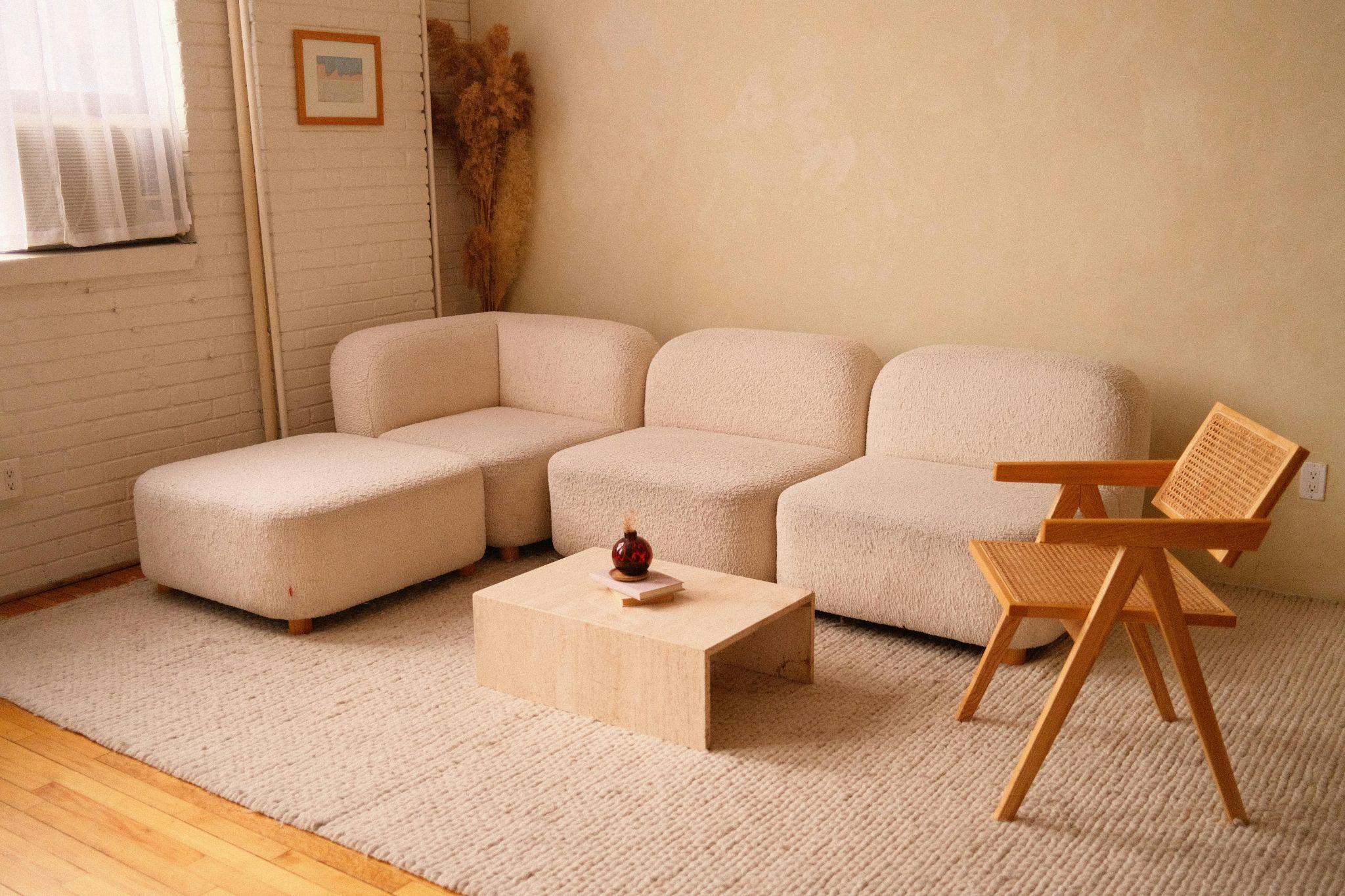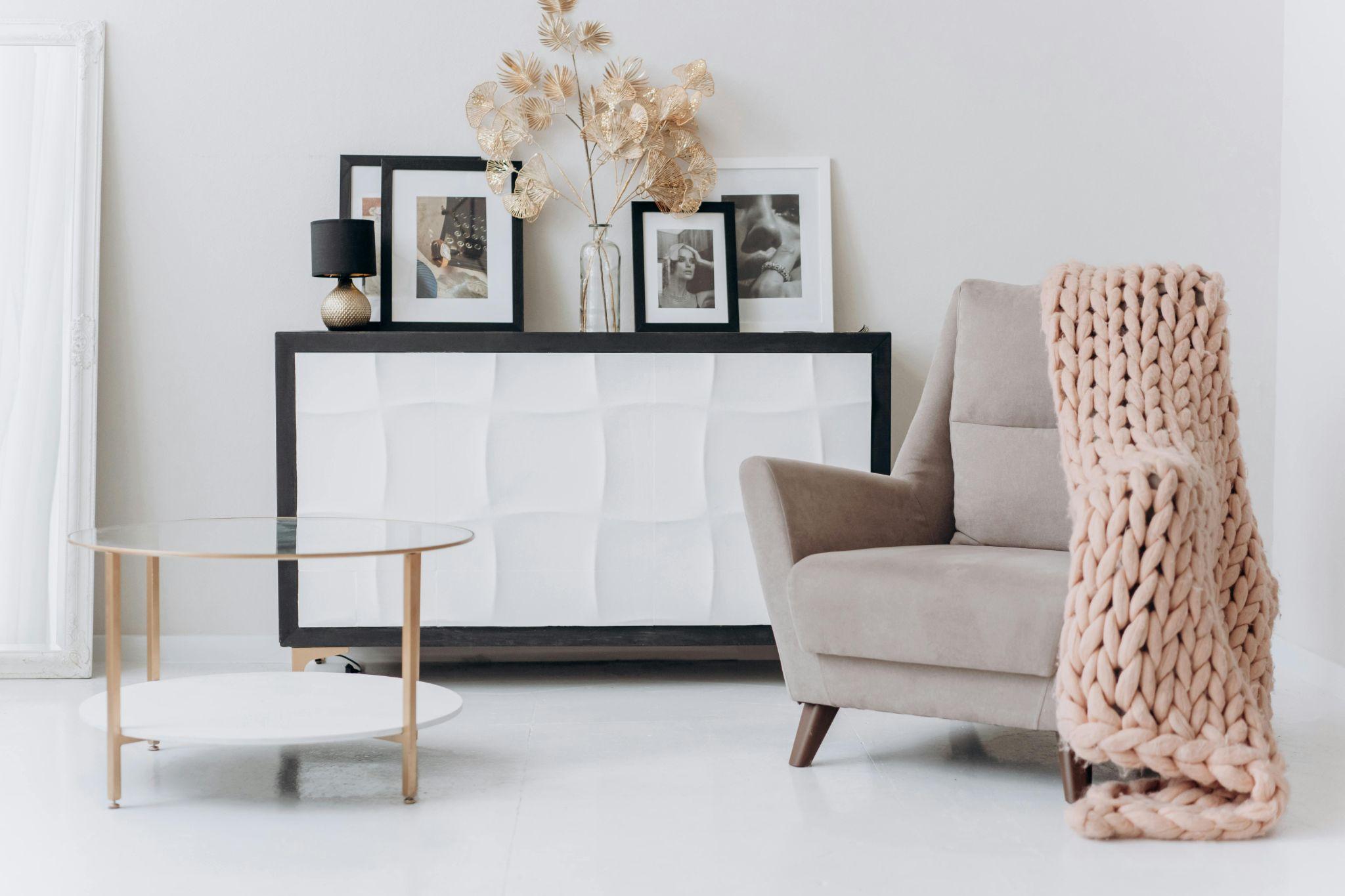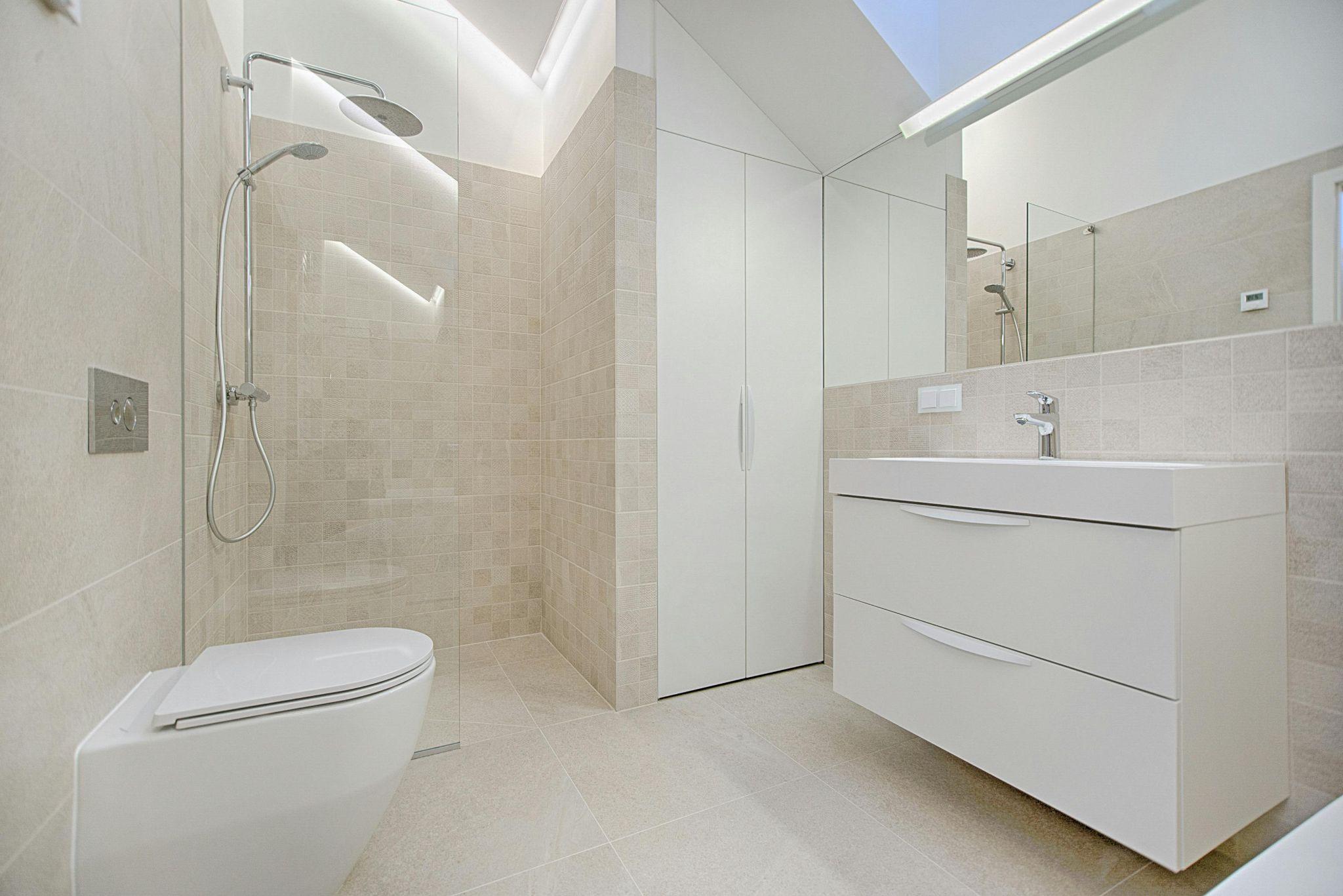The Art of Minimalism: How to Design a Simple Yet Stylish Home

Minimalist home design has evolved from a stark aesthetic choice to a meaningful lifestyle philosophy embraced by those seeking tranquility amidst the chaos of modern life. This intentional approach to interior design prioritizes function, purpose, and carefully curated beauty while eliminating excess. The resulting spaces offer more than just visual appeal—they create environments where clarity of thought flourishes and daily tasks become more manageable.
By removing unnecessary physical items, minimalism reduces visual noise and mental clutter, promoting a sense of calm that many find transformative. The artful balance of simplicity and sophistication allows minimalist homes to feel both serene and distinctly personal, proving that thoughtful restraint often creates more impactful spaces than lavish abundance.
Embracing the Minimalist Mindset
The journey toward minimalism begins not with design choices but with a fundamental shift in perspective about our relationship with possessions and spaces.
Understanding Minimalism in Interior Design
Minimalist interior design operates on core principles that emphasize quality, intention, and restraint. Rather than following rigid rules, authentic minimalism embraces thoughtful reduction while preserving elements that add genuine value to daily life. Key characteristics include:
- Clean lines and geometric forms that create visual calm
- Negative space as an intentional design element rather than emptiness to be filled
- Functional beauty where items serve practical purposes while remaining aesthetically pleasing
- Visual harmony through careful attention to proportion and balance
- Textural contrast adding depth within limited color palettes
- Light optimization to enhance spaciousness and mood
Contrary to common misconceptions, minimalism doesn’t require stark white rooms or the elimination of all decorative elements. Instead, it focuses on creating intentional spaces where each item earns its place through purpose or meaningful connection.
Benefits of a Minimalist Home
The advantages of minimalist living extend far beyond aesthetic appeal, impacting psychological wellbeing, financial health, and environmental impact:
- Reduced cleaning and maintenance time with fewer surfaces to dust and items to organize
- Enhanced focus and productivity through environments with fewer visual distractions
- Improved financial clarity by reducing impulse purchases and unnecessary acquisitions
- Environmental sustainability through conscious consumption and reduced waste
- Greater appreciation for quality possessions that provide lasting value
- Simplified decision-making with streamlined choices and systems
- Heightened spatial awareness allowing for more intentional movement and use of space
- Mental clarity fostered by orderly surroundings that reflect internal calm
Research from the Journal of Environmental Psychology has consistently demonstrated correlations between cluttered living spaces and increased stress hormones, suggesting that minimalist environments may physiologically support wellbeing.
Planning Your Minimalist Space
Transforming a home into a minimalist haven requires thoughtful planning and systematic implementation rather than impulsive decluttering.
Assessing Your Current Space
Before removing items or purchasing new pieces, conduct a thorough assessment of your current living situation:
- Document existing spaces through photographs to gain objective perspective
- Identify pain points where clutter consistently accumulates or functionality suffers
- Track item usage over 30 days to determine which possessions truly serve your lifestyle
- Note emotional responses to different areas of your home, identifying spaces that feel either stressful or peaceful
- Analyze traffic patterns to understand how you naturally move through spaces
- Evaluate storage systems for effectiveness and appropriateness to items being stored
This analytical approach creates a factual foundation for decision-making beyond the emotional attachments that often prevent effective decluttering.
Setting Clear Design Goals
Purposeful design requires establishing specific objectives for each space before making changes:
| Room | Functional Goals | Aesthetic Goals | Emotional Goals |
|---|---|---|---|
| Living Room | Comfortable seating for 4, Conversation-friendly layout | Minimal visual interruption, Natural light emphasis | Relaxation, Connection |
| Bedroom | Efficient morning routine, Optimal sleep environment | Calming color scheme, No work elements | Tranquility, Rest |
| Home Office | Ergonomic workspace, Reference material access | Inspiring focal point, Distraction-free zones | Focus, Creativity |
| Kitchen | Efficient meal preparation, Easy cleaning | Uncluttered countertops, Visual harmony | Functionality, Nourishment |
Creating these structured goals helps prioritize which items remain and which design elements deserve investment, preventing the common mistake of creating technically minimal but ultimately unsatisfying spaces.
Choosing the Right Color Palette and Materials

Color and material selections form the foundation of minimalist design, establishing the sensory experience of the space.
Selecting a Neutral Color Scheme
Neutral palettes create the visual calm essential to minimalist environments:
- Base neutrals (white, beige, gray) should comprise 60-70% of the visual space
- Secondary neutrals (taupe, greige, charcoal) add dimension while maintaining cohesion
- Accent colors should be limited but intentional, appearing in roughly 5-10% of the space
- Color repetition creates rhythm and coherence throughout connected spaces
- Tonal variations within a single color family add subtle complexity without busyness
Contemporary minimalism often incorporates soft, complex neutrals rather than stark contrasts, creating spaces that feel warm and inviting rather than clinical or severe.
Incorporating Natural Materials
Natural elements add essential warmth and textural interest to minimalist interiors:
| Material | Characteristics | Best Applications | Maintenance Considerations |
|---|---|---|---|
| Wood | Warmth, organic variation, tactile appeal | Flooring, furniture, accent pieces | Requires periodic treatment, shows wear beautifully |
| Stone | Grounding, unique patterning, temperature contrast | Countertops, flooring, decorative elements | Varies by type, may require sealing, inherently durable |
| Metal | Reflectivity, sleekness, structural elegance | Lighting, hardware, furniture accents | Generally low maintenance, finish determines durability |
| Glass | Transparency, light play, visual lightness | Table surfaces, lighting, room dividers | Requires regular cleaning, creates spaciousness |
| Natural Textiles | Softness, tactile comfort, acoustic benefits | Upholstery, drapery, bedding | Varies widely, natural fibers often more maintenance-intensive but more sustainable |
The judicious combination of these materials creates textural dialogue that maintains visual interest even within restrained color palettes.
Furniture and Layout Strategies
Furniture selection and placement form the functional core of minimalist design, determining both how spaces function and feel.
Opting for Functional Furniture Pieces
Multifunctional furniture maximizes both space efficiency and design impact:
- Expandable dining tables that adjust to different gathering sizes
- Storage ottomans serving as seating, tables, and organization
- Platform beds with integrated storage drawers
- Nesting tables providing flexible surface options while minimizing footprint
- Wall-mounted desks that fold away when not in use
- Modular seating adaptable to different social configurations
- Convertible sofas offering guest sleeping accommodations without dedicated space
When selecting furniture, prioritize pieces with clean lines, visible space beneath (creating the impression of greater floor area), and proportions appropriate to the room size.
Creating Open and Airy Layouts
Spatial flow significantly impacts how minimalist designs function:
- Position furniture away from walls when space allows, creating breathing room
- Establish clear walkways of at least 30 inches between furniture groupings
- Create deliberate “negative spaces” that allow the eye to rest
- Avoid blocking natural light sources with tall or solid furniture
- Consider sightlines from entry points to create welcoming impressions
- Establish conversational groupings with seating no more than 8 feet apart
- Create balance without symmetry through thoughtful distribution of visual weight
These layout principles support the minimalist goal of creating spaces that feel expansive and calming regardless of actual square footage.
Minimalist Decor and Accessories

Accessories provide the personal expression that prevents minimalist spaces from feeling impersonal or austere.
Selecting Thoughtful Decor Items
Curated accessories add personality while maintaining minimalist principles:
- Choose items with both meaning and beauty rather than purely decorative objects
- Limit surfaces to 1-3 carefully chosen items, leaving ample empty space
- Group similar items together rather than distributing them throughout spaces
- Select books for both content and aesthetic contribution to the space
- Incorporate plants for living color and biophilic connection
- Consider the form and silhouette of items as much as their function
- Rotate seasonal or meaningful items rather than displaying all collections simultaneously
The minimalist approach to accessories focuses on the concept of “feature and background”—allowing select items to become focal points against simplified surroundings.
Utilizing Art and Textiles
Impactful artistic elements add essential character to minimalist spaces:
| Element | Purpose | Selection Guidance | Placement Strategies |
|---|---|---|---|
| Wall Art | Focal interest, personal expression | Fewer, larger pieces rather than galleries | At eye level, with adequate negative space surrounding |
| Textural Textiles | Warmth, acoustic comfort, tactile interest | Natural fibers, subtle patterns, consistent color family | Layered thoughtfully without overwhelming the space |
| Rugs | Space definition, comfort, acoustic benefits | Appropriate scale to furniture groupings, simplified patterns | Centered under furniture groups with consistent margins |
| Window Treatments | Light control, privacy, thermal comfort | Simple mechanisms, neutral tones, quality materials | Mounted high to create impression of taller spaces |
These elements introduce the softness and personality essential for creating minimalist spaces that feel livable rather than performative.
Maintaining a Minimalist Home
Creating a minimalist environment is only the beginning—sustaining it requires ongoing habits and systems.
Establishing Regular Decluttering Routines
Systematic maintenance prevents gradual reaccumulation of clutter:
- Daily 10-minute reset of primary living spaces
- Weekly review of incoming items (mail, purchases, gifts)
- Monthly reassessment of “holding zones” for uncertain items
- Seasonal evaluation of clothing and household goods
- Annual deep decluttering of storage areas and collections
Integrating these practices into regular household routines prevents the need for major decluttering efforts and maintains the calm of minimalist spaces.
Adopting Mindful Purchasing Habits
Conscious consumption forms the foundation of sustainable minimalism:
- Implement a waiting period of 24-72 hours before non-essential purchases
- Research quality and longevity rather than following trends
- Consider full lifecycle impact including eventual disposal
- Establish a “one in, one out” policy for certain categories
- Question dual-purpose potential before bringing items home
- Evaluate storage requirements for new acquisitions
- Recognize emotional triggers that lead to unnecessary purchases
These practices ensure that new items truly align with both functional needs and aesthetic values, preventing the accumulation of regretted purchases.
Conclusion
Minimalist home design offers more than aesthetic appeal—it creates spaces that support mindful living, reduced consumption, and increased attention to what truly matters. By thoughtfully curating possessions, embracing quality over quantity, and creating intentional environments, minimalism transforms homes into retreats from the excess of modern life. The process requires ongoing commitment rather than one-time decluttering, but the rewards extend far beyond visual simplicity. A well-designed minimalist home becomes a physical manifestation of personal values, supporting focus, tranquility, and appreciation for the essential. Through careful selection of colors, materials, furnishings, and meaningful accessories, minimalist spaces achieve the seemingly contradictory goals of being both simple and richly satisfying, proving that sometimes less truly is more.
